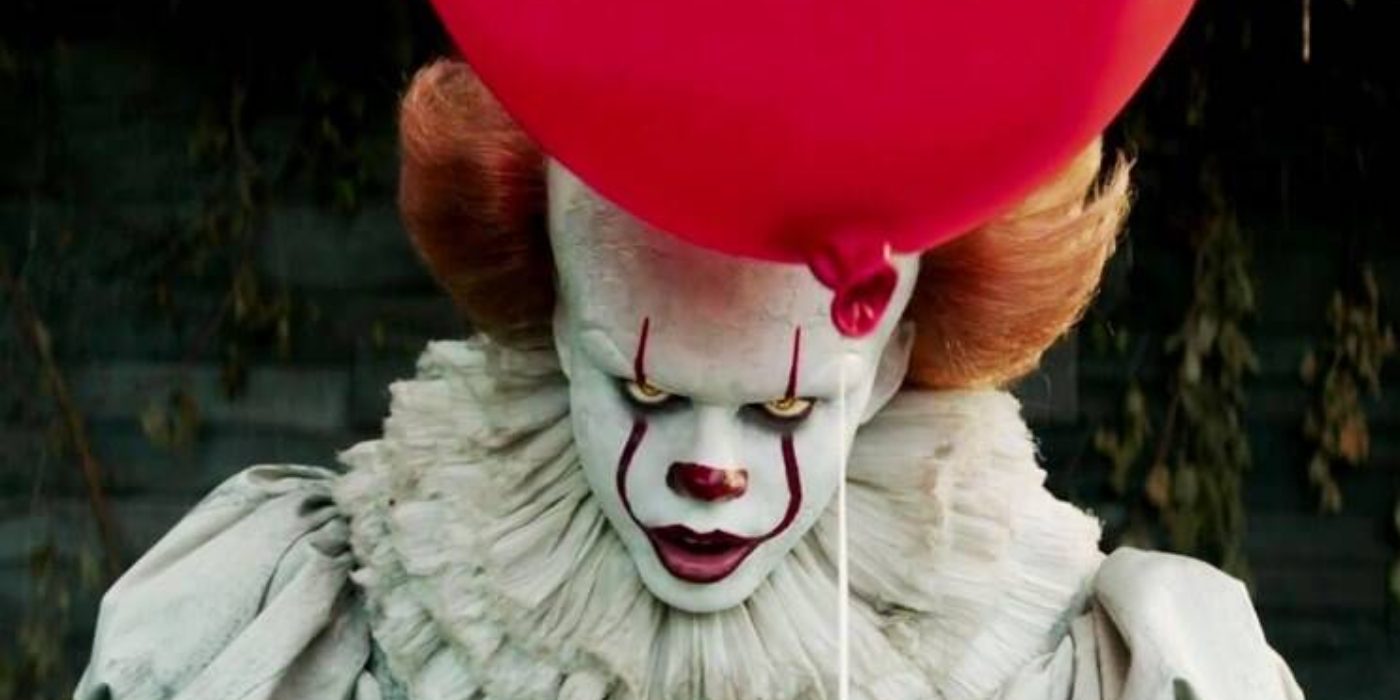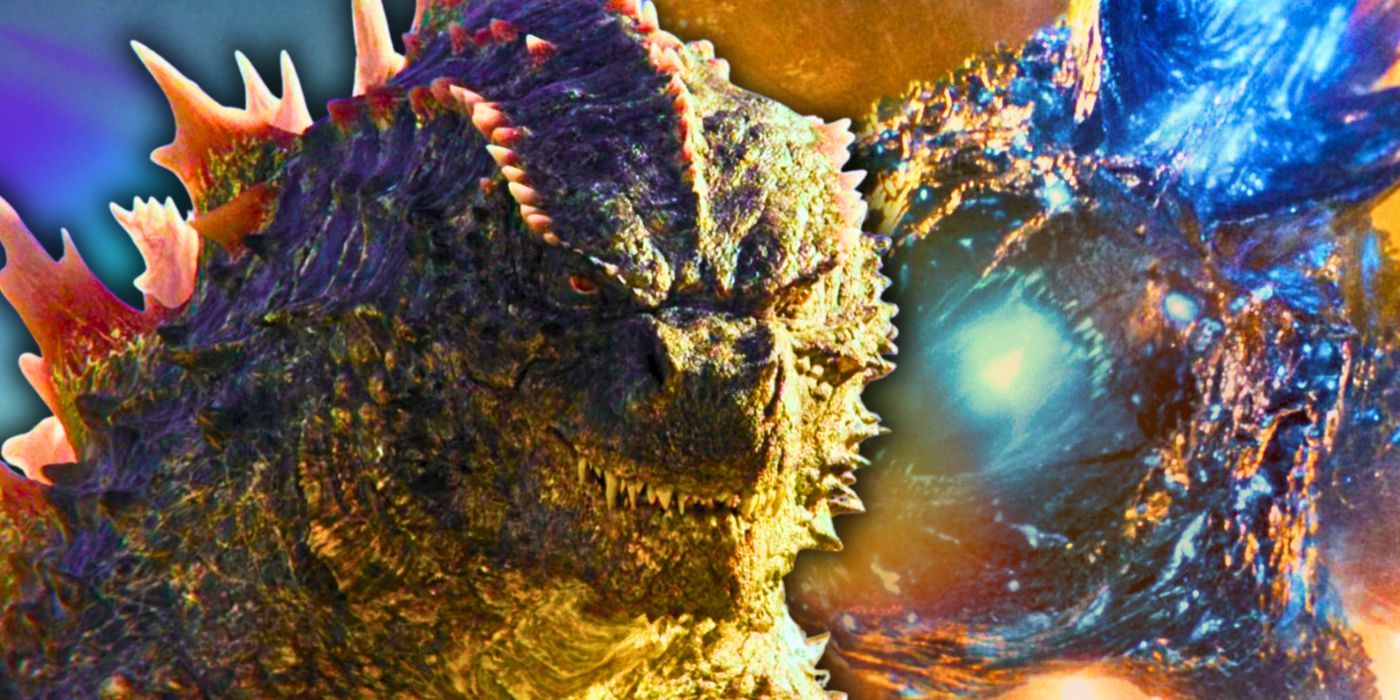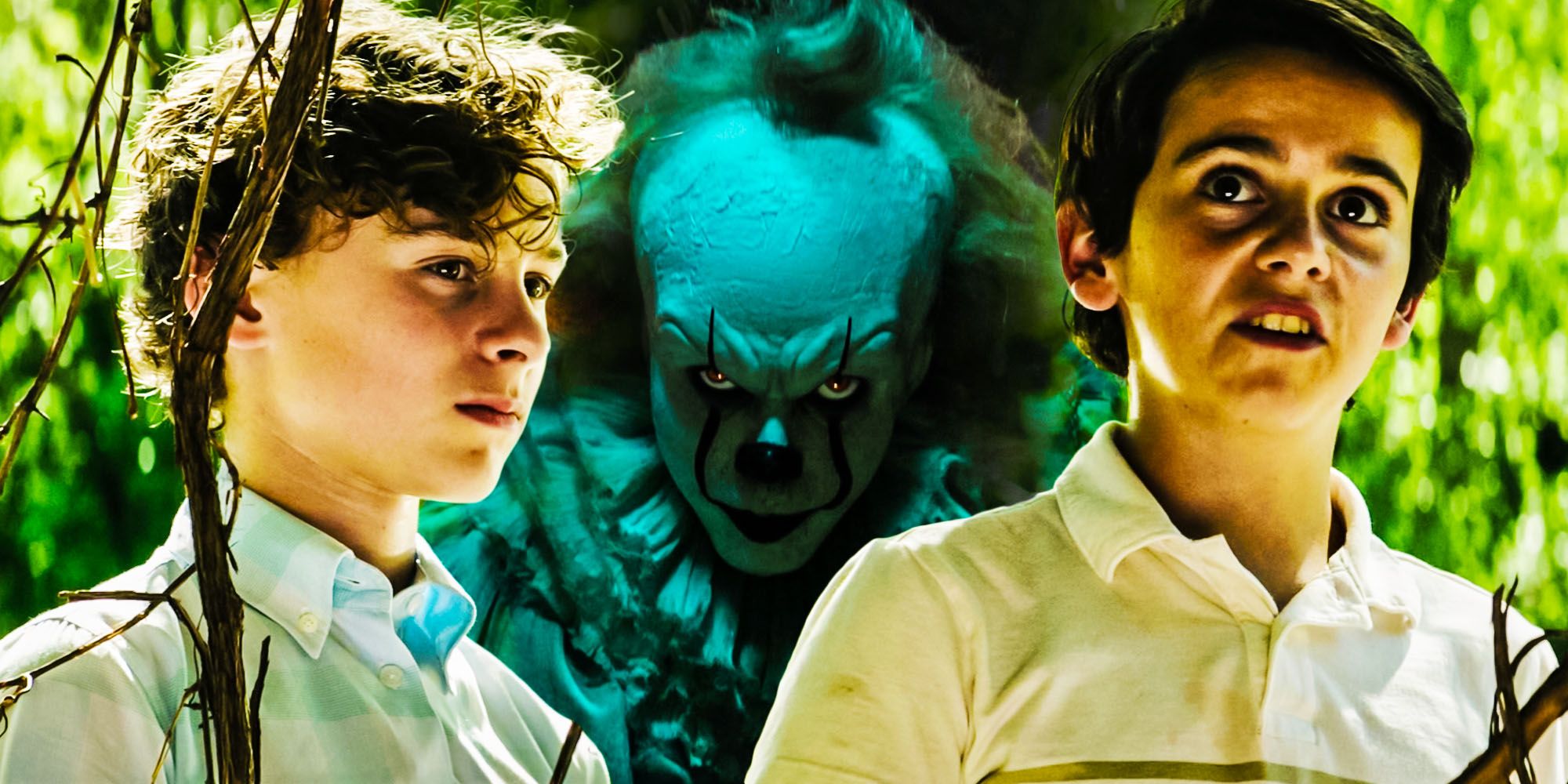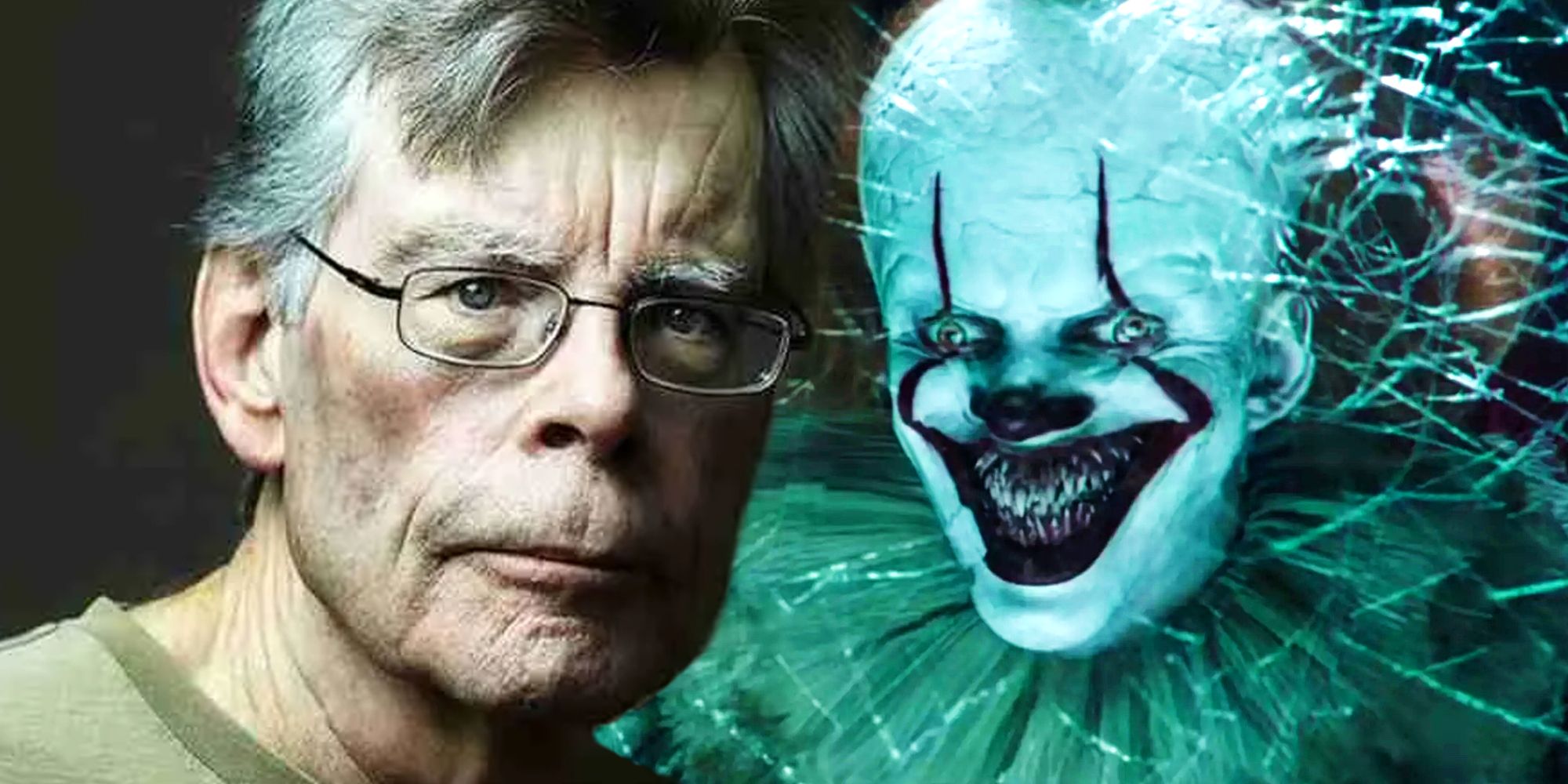Stephen King introduced the world to one of his most frightening creatures in the novel IT: a shapeshifting entity that can take any shape, but its preferred one is Pennywise, the dancing clown, and here’s how it got that peculiar name. Over the years, Stephen King has allowed generations of readers to explore a variety of fears in his novels and short stories, through different settings, characters, and villains that go from supernatural creatures to humans with evil intentions.
Set in Derry, Maine, like many other popular stories by King, IT follows a group of kids self-named “The Losers Club” who come across an evil, shape-shifting entity that lives in the sewers. The Losers soon learn that this mysterious creature takes the shape of their deepest fears, which is why they start referring to this creature as “IT”, but its preferred and most common shape is Pennywise, the Dancing Clown, as clowns are a common fear among kids and adults. The Losers return to Derry 27 years later to confront IT one last time, but defeating this creature comes with a big price. Pennywise has become the image of IT as well as one of the most popular and feared creatures in literature, TV, and film, becoming part of pop culture.
The popularity and success of IT led to it being adapted into a miniseries in 1990 and a two-part movie in 2017 and 2019, with Tim Curry and Bill Skarsgård playing Pennywise in each adaptation. King is known for taking inspiration from different sources for his stories and characters, making way for various questions about why certain things are the way they are in the Stephen King universe, including Pennywise’s name.
What’s The Inspiration Behind Pennywise?
“Pennywise” doesn’t seem like a common name for a clown, yet that’s how he introduces himself to Georgie Denbrough in the novel, the miniseries, and the movie, though in the book, he also mentions his name is Bob Gray. Now, King doesn’t offer an explanation as to why Pennywise is named like that, and the name doesn’t seem to have any cultural significance except for the old English saying “Penny Wise, Pound Foolish”, which refers to being stingy about less expensive things but not so much on big things. Taking this old saying into account, Pennywise’s name could be a subtle warning not to be foolish, especially when meeting a suspicious clown – the best example of this is Georgie’s encounter with Pennywise, who was hiding in the sewers when he met the young boy, and Georgie was innocent enough to fall for his “nice clown” games.
For the creation of Pennywise, Stephen King took inspiration from none other than Ronald McDonald, who served as the model for the evil clown’s appearance (it’s even mentioned in the novel when Pennywise meets Georgie, that the clown is reminiscent of Roland McDonald), as King has referred to him as a trustworthy character that children know and love, thus he’s someone children easily trust. Another possible (but unconfirmed) source of inspiration for IT’s Pennywise is John Wayne Gacy, serial killer and sex offender arrested in the late 1970s and executed by lethal injection in the early 1990s. Gacy was dubbed “Killer Clown” as he performed at fundraising events, parades, and hospitals as “Pogo the Clown” and “Patches the Clown”, characters that he created. Although there’s no official explanation for why IT’s Pennywise is called that, it’s not outside the realm of possibility that it’s a subtle warning, especially when looking at the inspirations behind this terrifying clown.






